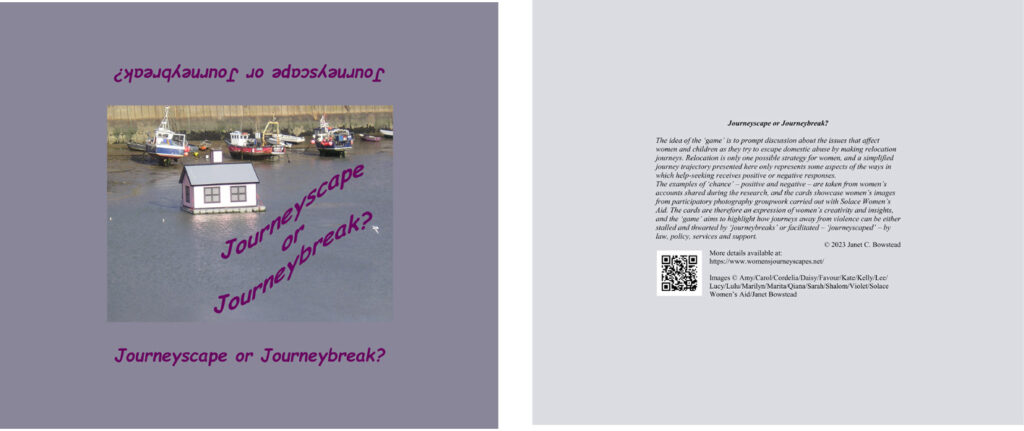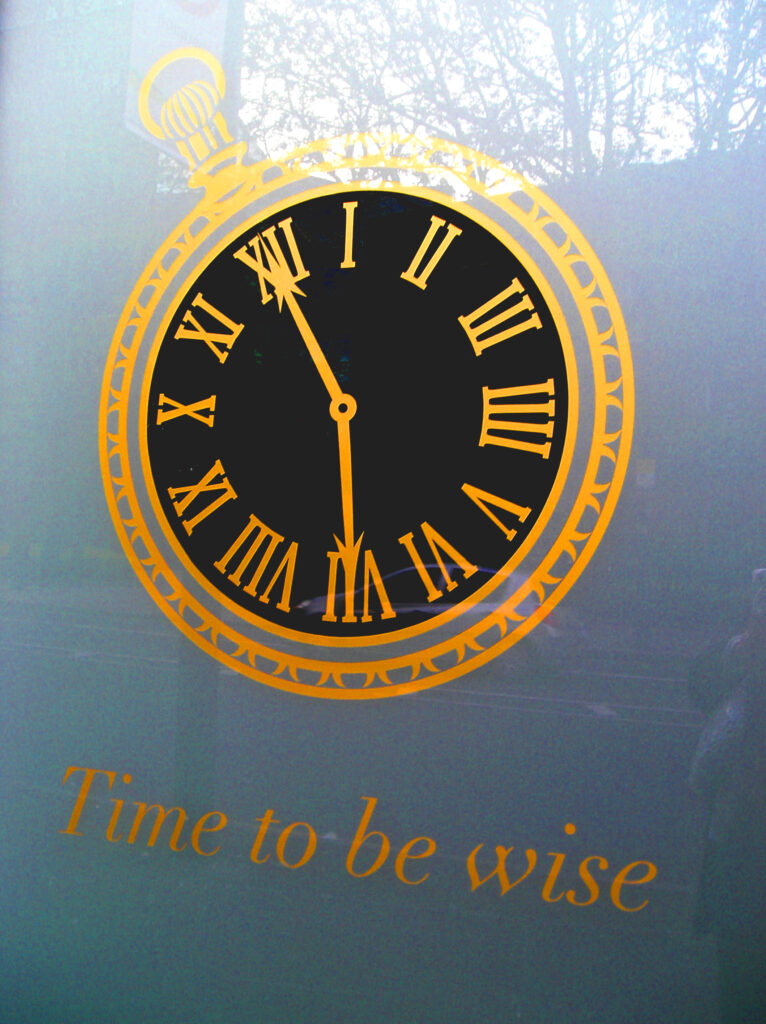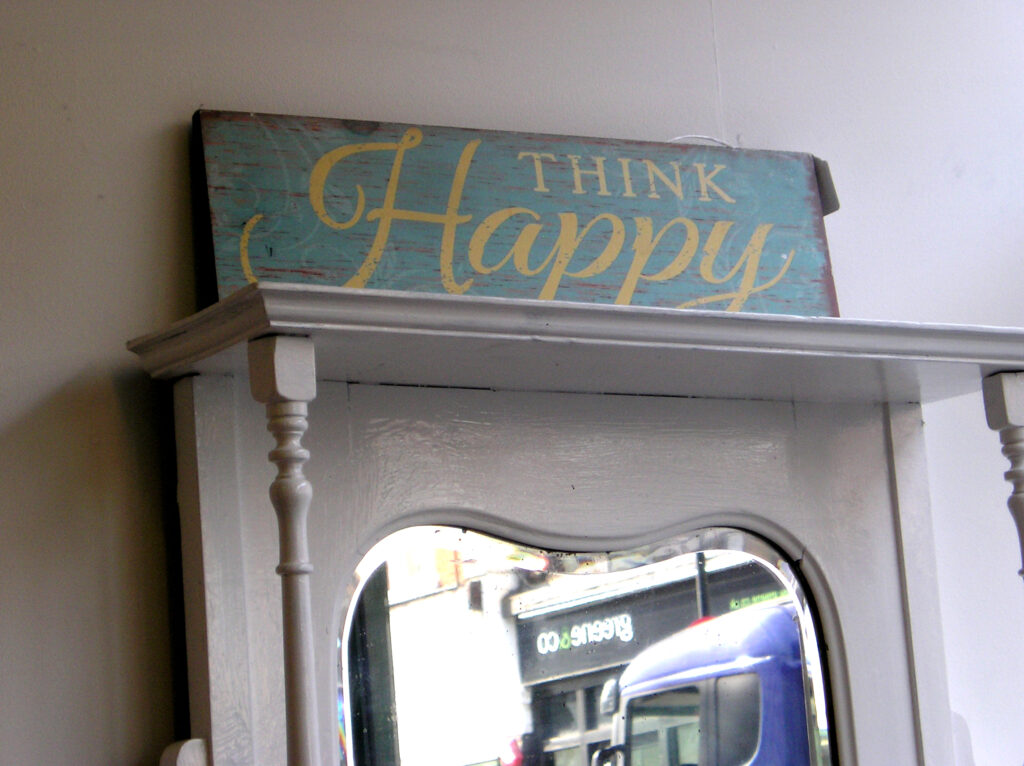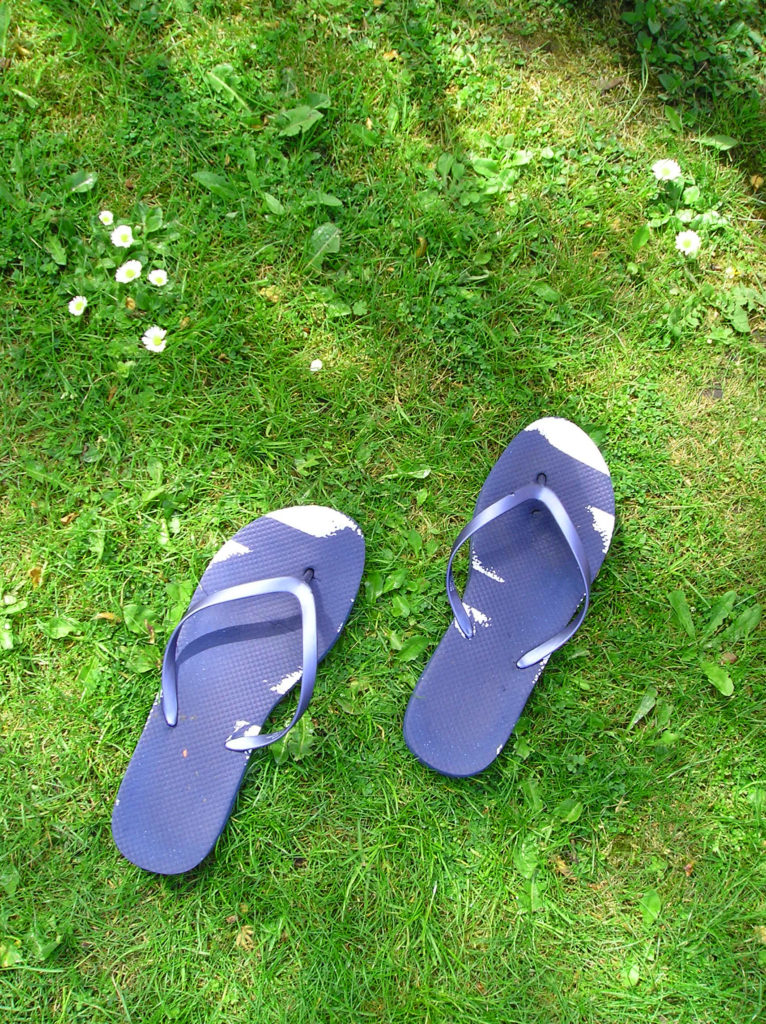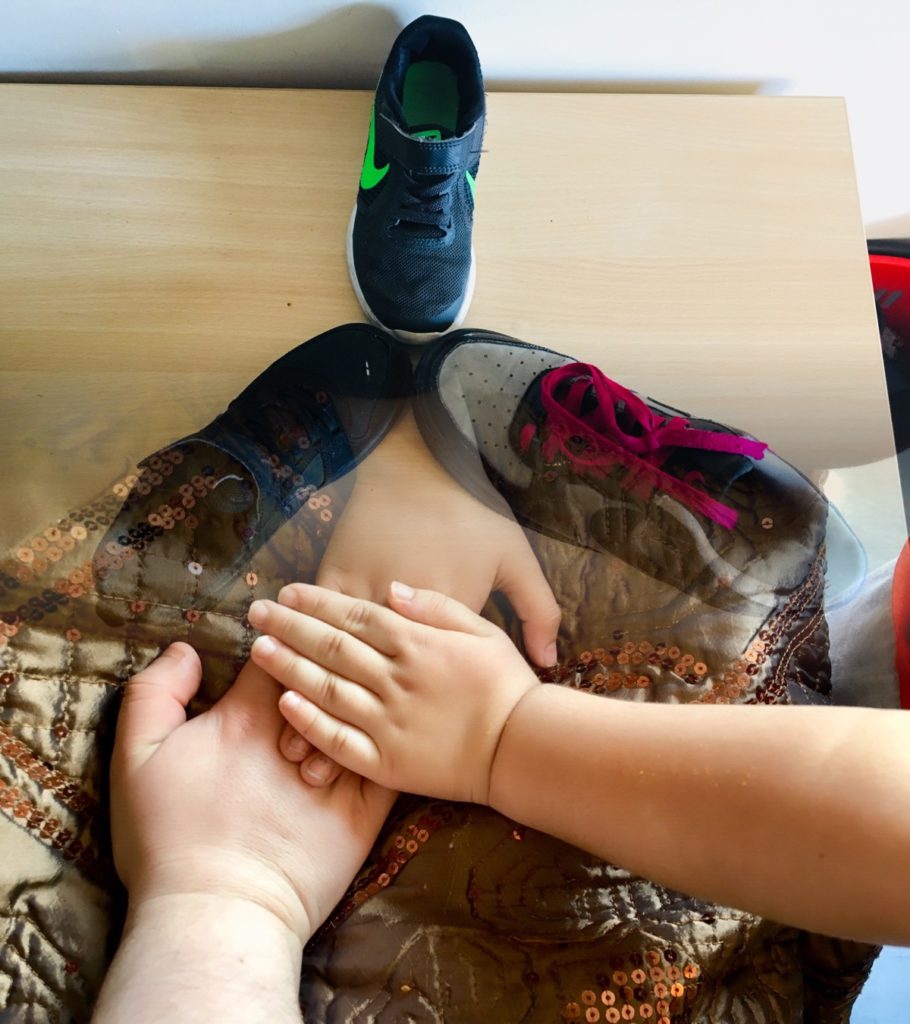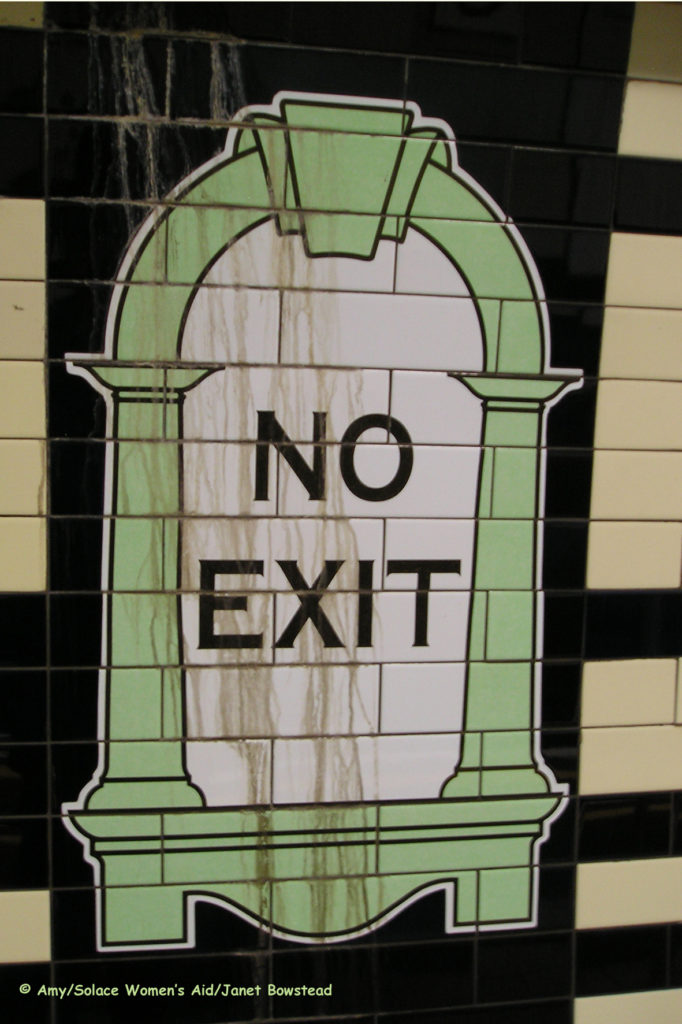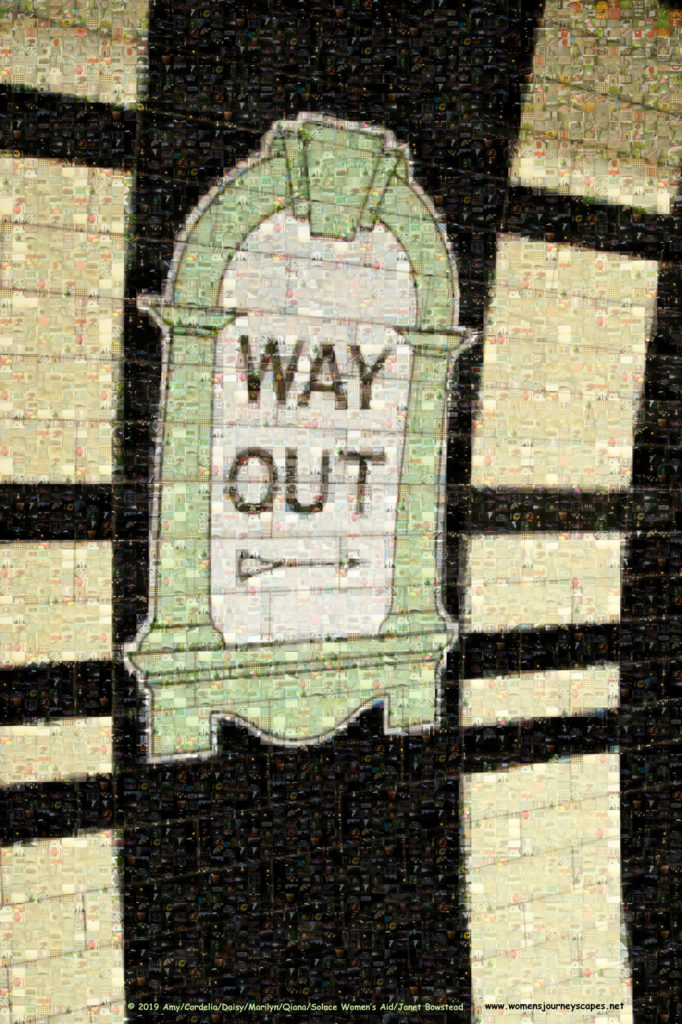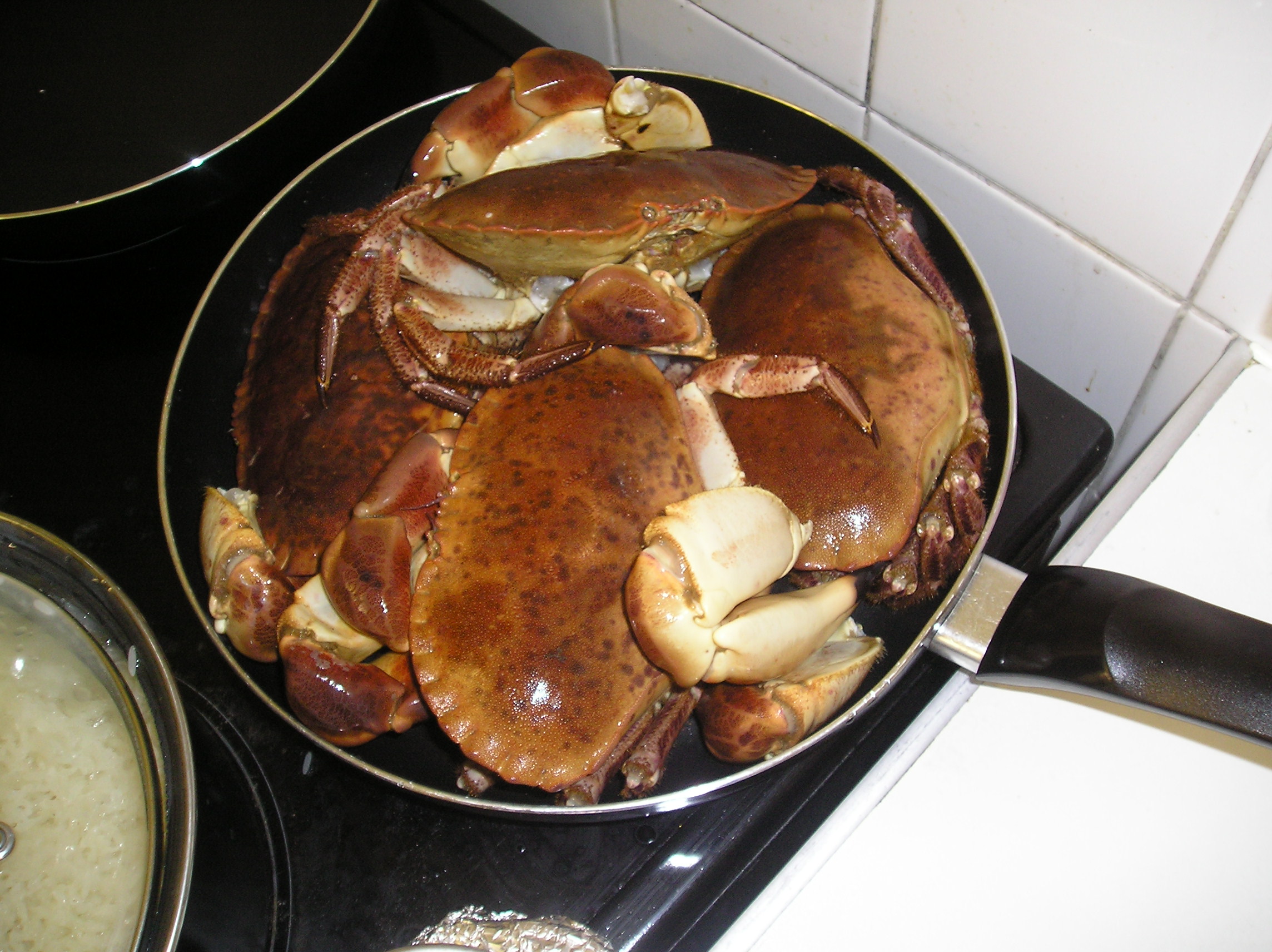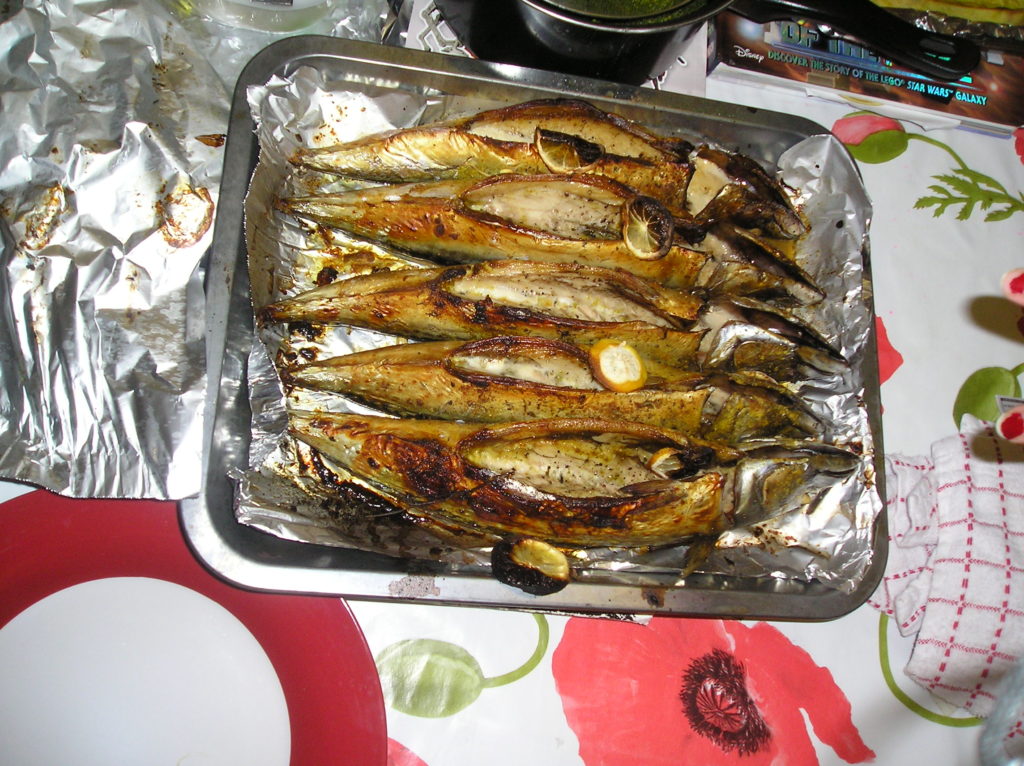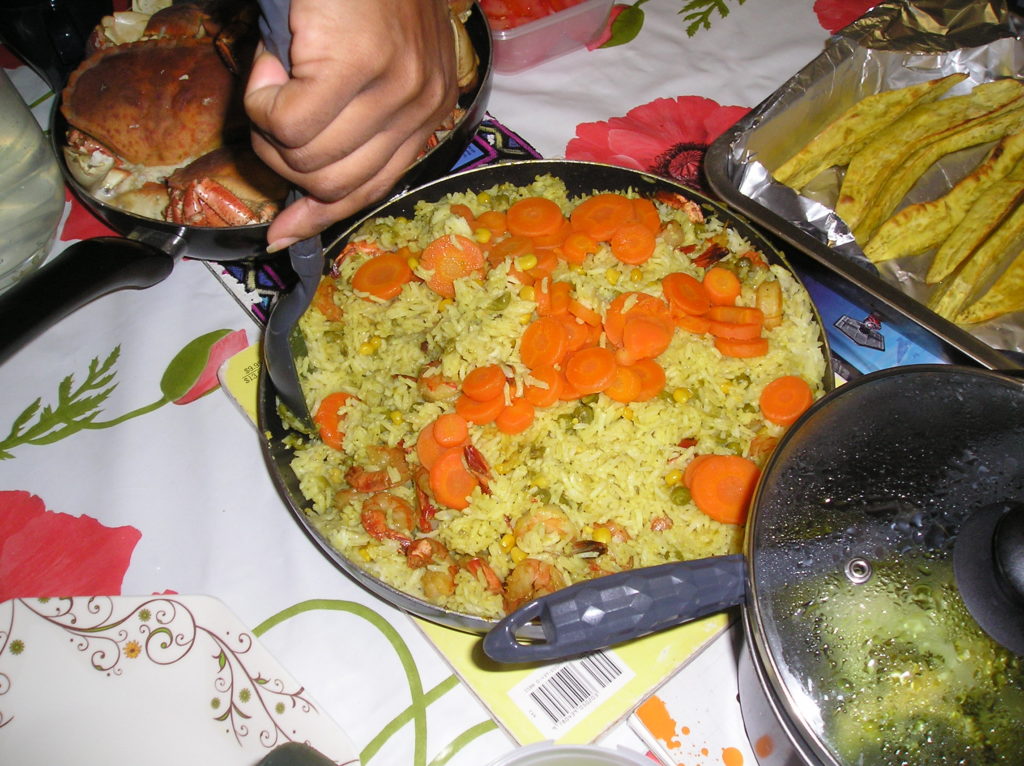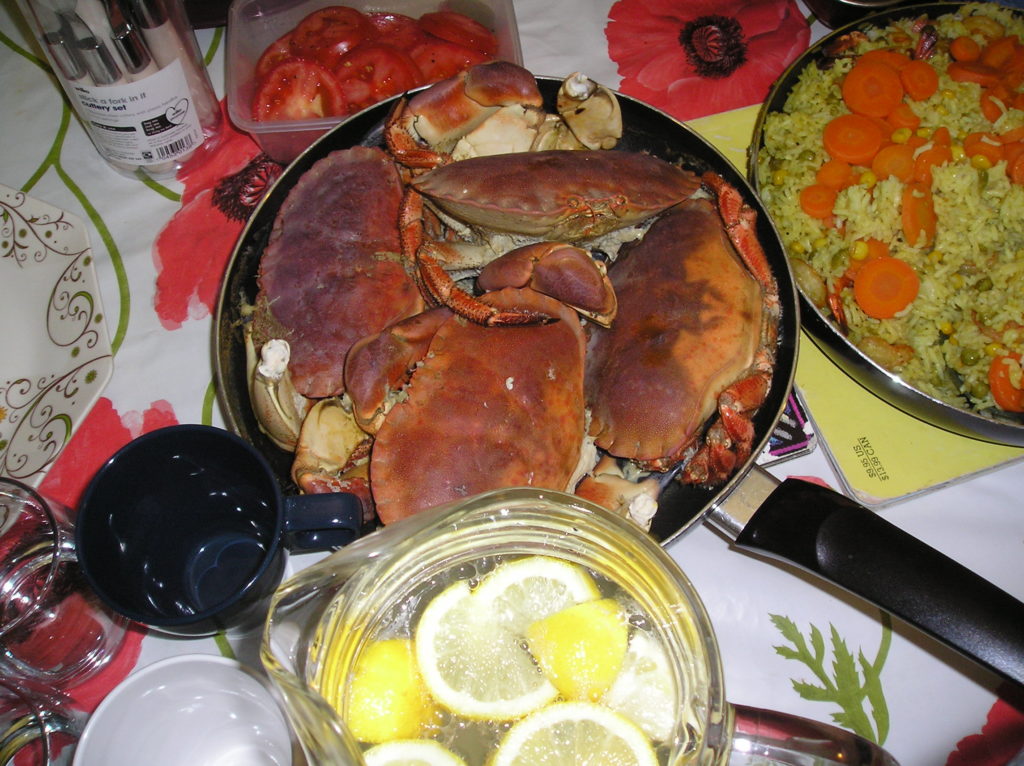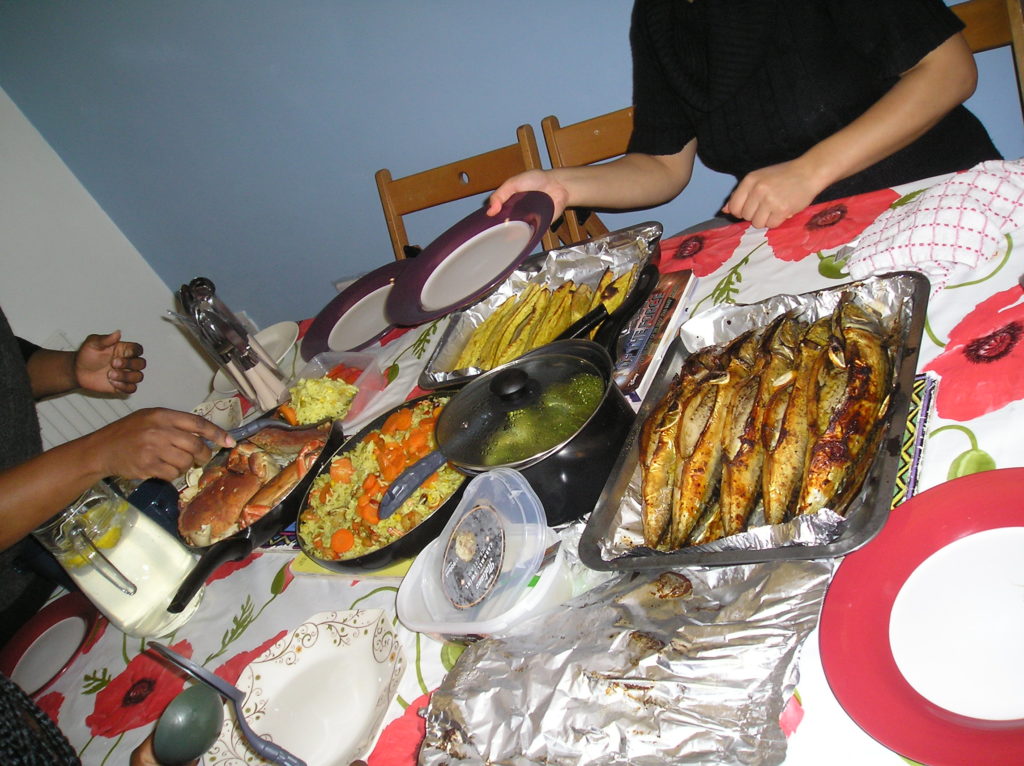Every woman’s journey to escape domestic abuse is unique, and many will not include formal services in their help-seeking. Responses should always aim to respect women’s rights and needs – and listen to their unique experiences.
But it can be useful to generalise – to some extent – to recognise shared experiences and similarities and differences. There are some commonalities, for example for older women, for women with or without children, for disabled women. Particular groups of women are less likely to use particular types of services – or less likely to seek formal help (or more likely to be turned away if they do).
Over 10% of women in the administrative data in this research were disabled. This includes being disabled in a wide range of ways – as well as by inadequate and inappropriate responses to their needs. Nearly 15,000 of the women who accessed support services due to domestic violence were recorded as disabled.
They may be disabled because of the abuse from the perpetrator – due to the impact on their physical or mental health.
In this research, Parveen was temporarily disabled by having broken her leg whilst staying in temporary accommodation: she had become trapped in a bathroom and was unable to summon any help, so ended up jumping out of a window. Beyond the typical difficulties of a train journey with a broken leg, she talked about how she was unable to reassure her one-year-old daughter by having her on her lap:
“I was on two crutches, so it was very difficult. My daughter wanted to be on my lap all the time, but I couldn’t – and I had bags and everything.”
When she arrived at her destination she was entirely dependent on being met:
“I didn’t see anyone at the train station – so the train staff helped me, and I was in a wheelchair. And then the refuge staff came after about five minutes.”
Many women have multi-stage journeys, and this research showed that journey segments by disabled women were significantly more likely to be by private transport rather than either public transport or the help of others (see the graph below), suggesting that disabled women who manage to escape abusive partners may need to have such independence.

This may reflect the additional barriers to disabled women’s mobility – such as difficulties in using public transport – and the independence necessary for their escapes.
In this research, Maud talked about how she felt her car was essential:
“I need transport because I’m not well – I can’t stand at a bus stop, I can’t stand at a train station; even if I’m sitting down the cold gets into me and I can’t move – because of the arthritis. So – I have to have a car – it’s not that I’m spoilt, it’s a necessity – it’s part of me, a car!”
Disabled women should not be assumed to be more dependent and needy – in fact, they are no more or less likely to self-refer to services than other women. But they are more likely to have longer engagement with services – being significantly more likely to stay in a service for 6 months or more. And services need to be responsive to their needs – there are only a few services which specifically respond to the needs of disabled women – like Stay Safe East, which is run by and for disabled people.

